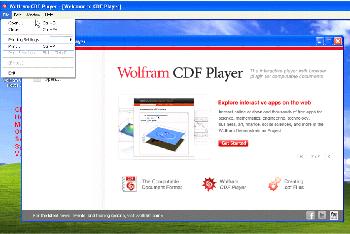


Fixed Read CAN Frame.vi to return an ID masking out the 29 bits for extended, not 27.

Bug fix with the Read CAN Frames.vi which now accepts reading CAN_MESSAGE2 which newer Vector tools may write to.This is used instead of tracking the current offset since it had issues with newer CANalyzer files Object Offset was removed and instead before every read the Object Offset is read from the session.When writing to a BLF the day light savings flag is used and will offset the write by an hour if necessary.Added reading and writing CAN FD frames.Added a secondary API for reading and writing using the OpenG zip utilities.Made reading more robust supporting other objects like System Variables in the BLF.Added IDs To Return filtering on the Raw Read function.Raw bug fix with ID mask of standard CAN frames when reading.Raw added Polymorphic Write CAN Data, that can write a single frame, multiple frames to the same channel, or multiple frames to different channels.Once those packages are installed through VIPM, open either of the examples and run them to write and read a file. The external dependencies are referenced with the Package c file. The OpenG zip method works on all platforms that API supports, and is much faster than the DLL method. Version 8 is saved in 2018 and has an example of both the DLL version and the Raw version which requires the OpenG zip package. Hardware and Software Requirementsīack saved into LabVIEW 2014 (version 2) or LabVIEW 2017 for version 3, and requires the Windows platform for executing the binlog.dll. There is an alternate API that also allows for reading and writing BLF files by not using the Vector DLL and instead uses the OpenG zip utility. Where you may want to log into a BLF file, so that Vector tools like CANalyzer can analyze and view your data.Īll the core functions are implemented by calling the Vector provided DLL, which is documented online and has a shipped example installed with CANalyzer. You can also use this API to perform the reverse function. With this API you can now read these BLF files and get the raw CAN frames in a form that is similar to the XNet frame structure, allowing for easy conversion using the XNet API. When using a Vector product such as CANalyzer, a log can be done in ASCII which baloons the file size but has the most compatibility, or you can log in BLF which is a small binary file, which also has some level of object compression built in. Vector has a custom binary file format used primarily for logging raw CAN data. Read and write BLF binary files using the Vector provided DLL, or a more Raw API using the zLib Inflate/Deflate. Description Description-Separate-1 Overview


 0 kommentar(er)
0 kommentar(er)
